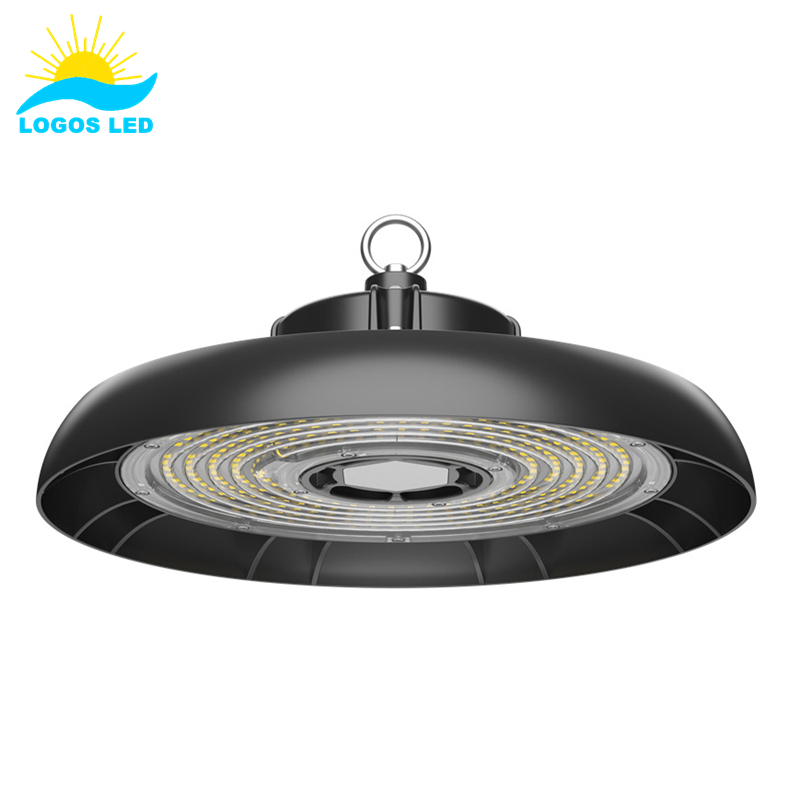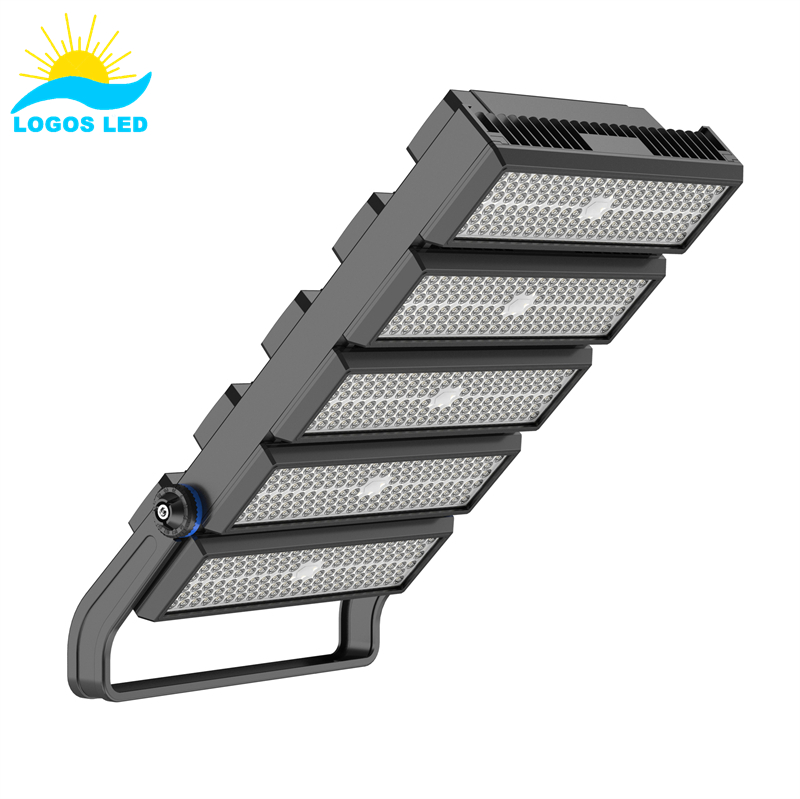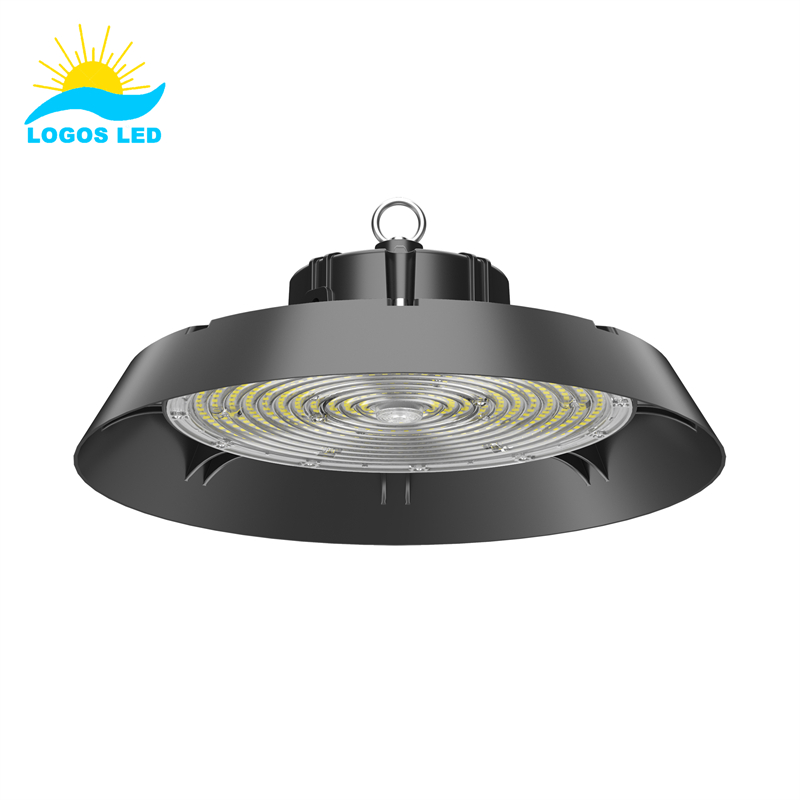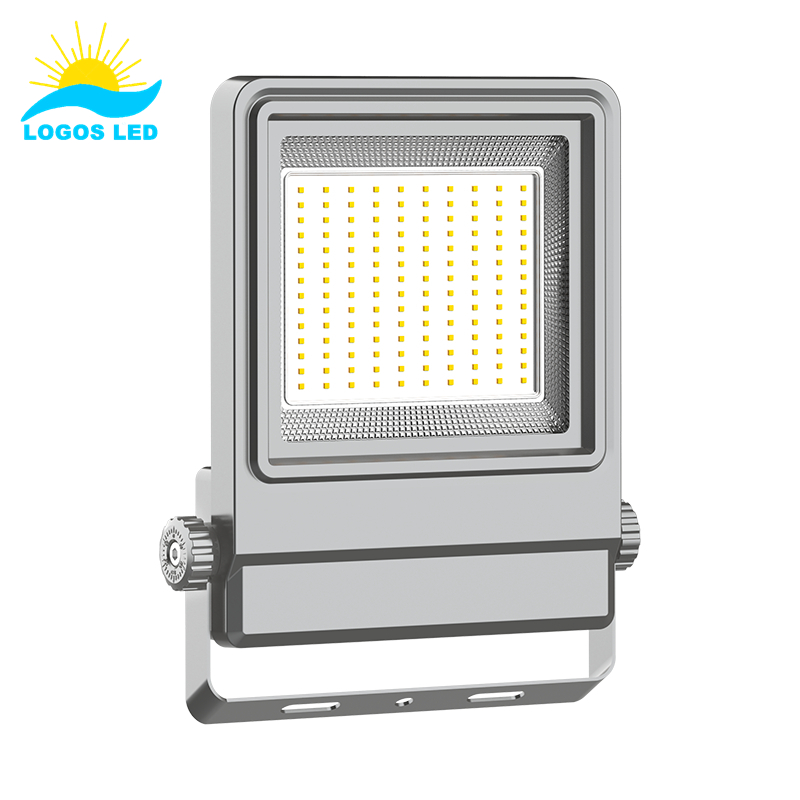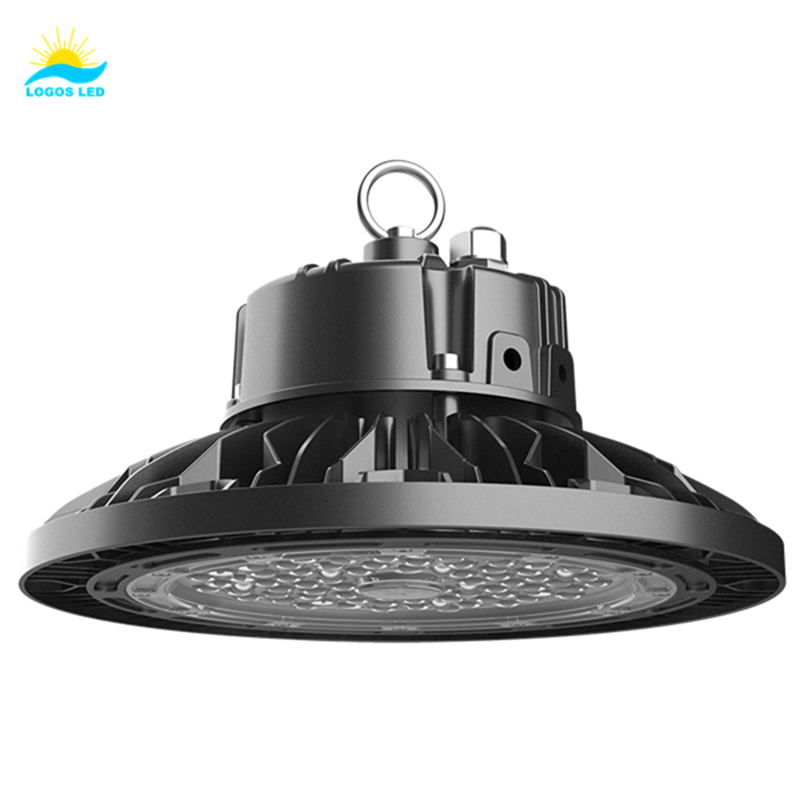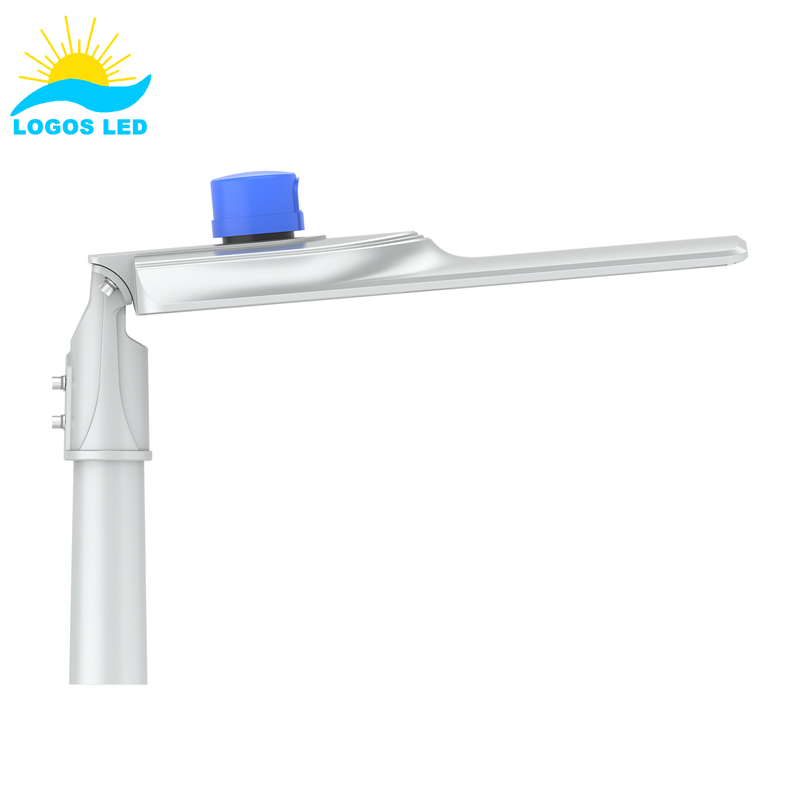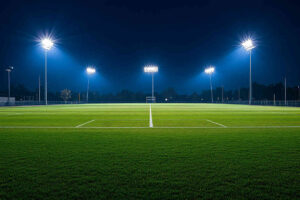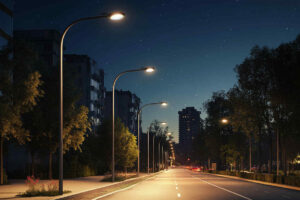Bad lighting can completely wreck the vibe in a living room. I’ve seen it—if it’s too dim, the whole space feels lifeless and kind of depressing. Too bright, and it turns into a sterile, uncomfortable zone nobody wants to hang out in. But when you get the lighting just right? That’s when your living room actually feels like home—warm, cozy, and perfect for both kicking back and entertaining friends.
Living room lighting isn’t just about flipping on a ceiling light. You’ve got to mix it up—ambient light for overall warmth, task lighting where you need it (like for reading), and accent lights to add depth and highlight the room’s best features. I’ve found that the best setups usually include a combination of ceiling fixtures, stylish floor lamps, a few wall sconces, and even LED strip lights for that modern touch. When you layer your lighting the right way and place your fixtures smartly, the whole room looks and feels better—more stylish, more functional, and a lot more comfortable.
Ready to dial in the perfect lighting for your living room? Let me walk you through some of the best ideas I’ve used.
Table of Contents
Types of Lighting in Living Room
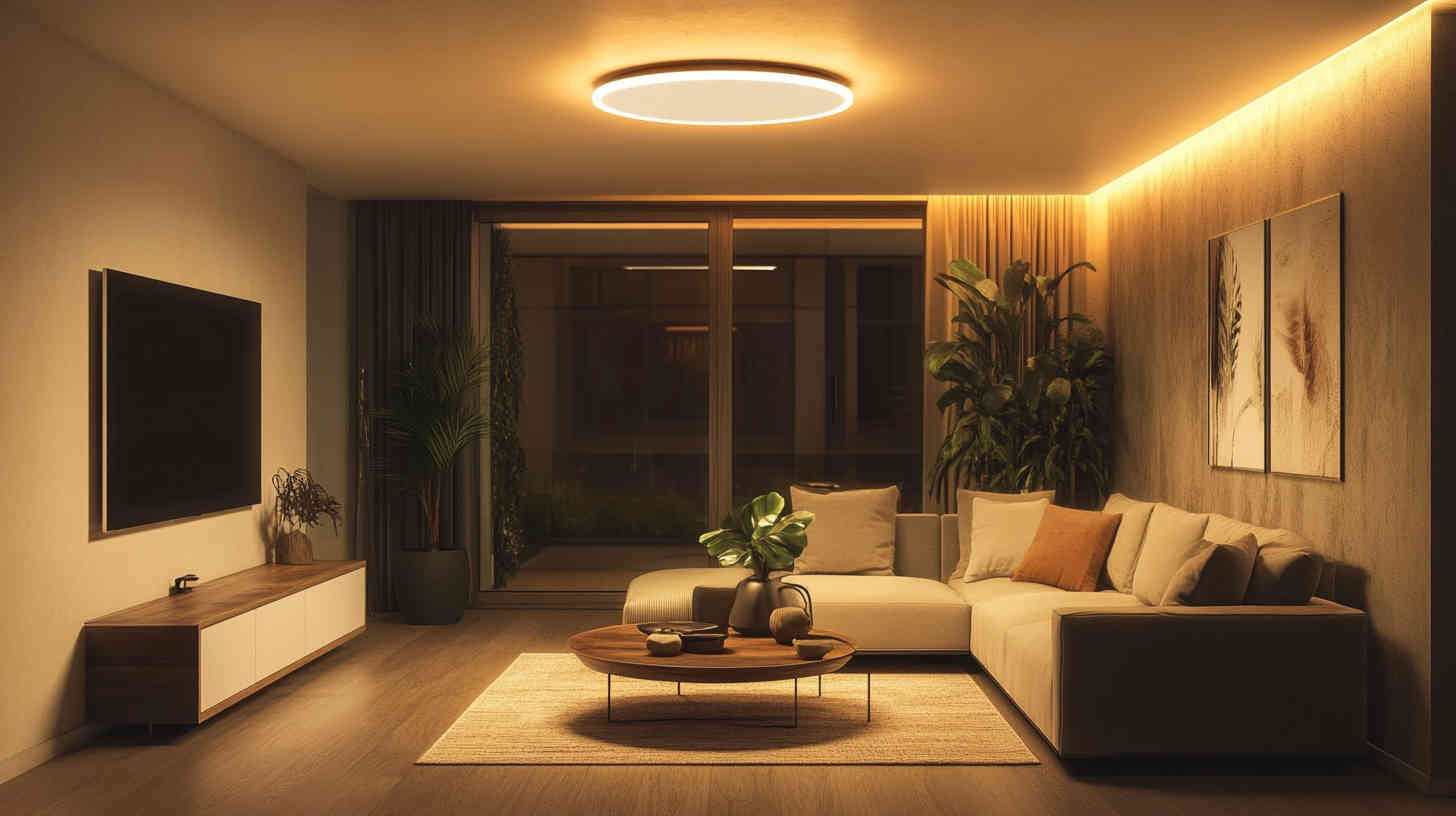
A great-looking living room doesn’t just happen—it’s all about how you light it. I’ve learned over the years that the secret to a space that feels warm, welcoming, and downright cozy is mixing up different types of lighting. Each one plays a role. You’ve got your ambient lighting to set the tone, task lighting to help you get stuff done, and accent lighting to add personality and depth. When they all work together, the room just clicks.
Ambient Lighting
Ambient lighting is your starting point—the foundation. It’s what gives your living room that open, inviting feel. When done right, it washes the space in soft, even light so you’re not dealing with weird shadows or dark corners.
Here’s what I usually go with:
- Ceiling fixtures like chandeliers, pendants, or flush-mount lights to spread light evenly across the room.
- Recessed lights that blend right into the ceiling for a sleek, modern vibe while keeping everything bright.
- LED panel lights for an energy-saving, glare-free glow that feels soft but still gets the job done.
- Ceiling fan lights if you want to keep things cool and well-lit, especially in bigger spaces.
Task Lighting
Task lighting is what you bring in when you need a little extra brightness to do something specific—reading, working on your laptop, or just trying to see what’s on that tiny remote.
Here’s what I usually use:
- Table lamps on side tables—perfect for flipping through a book or getting work done without lighting up the whole room.
- Floor lamps next to your couch or chair—these create awesome reading nooks or just give you that extra pop of light.
- Desk lamps if you’ve got a little workspace carved out in the living room.
- Swing-arm wall lamps—great space savers that you can aim exactly where you need them.
Accent Lighting
Accent lighting is where you bring in the “wow” factor. It’s how you show off the stuff you love—artwork, bookshelves, cool furniture—while adding texture and depth to the room.
Here’s what works best for me:
- Wall sconces that give off a soft glow and make any wall or art piece pop.
- LED strip lights under shelves, behind TVs, or up in the ceiling cove for that sleek, modern look.
- Picture lights to spotlight your favorite paintings or family photos.
- Spotlights that make sculptures, plants, or standout furniture the stars of the room.
Balancing the Lighting Layers
Here’s the thing—none of these lights work in isolation. The magic happens when you blend them. That layered approach gives you the flexibility to shift the mood depending on what you’re doing—whether it’s entertaining guests, reading a book, or binge-watching Netflix.
If you want even more control, I highly recommend dimmable lights and smart systems. Being able to tweak the lighting from your phone or with your voice? Total game changer.
At the end of the day, lighting can either make your living room feel like the heart of your home or just another room. So layering it smartly? That’s the move.

50 Ideas for Living Room Lighting to Enhance Your Space
A well-lit living room blends different types of lighting to create a warm, functional, and stylish space. These 50 lighting ideas cover ambient, task, accent, and smart lighting solutions to help you design a perfectly illuminated living area.
1-10: Ambient and Ceiling Lighting
- Central Ceiling Fixtures – Install a centrally placed fixture, such as a chandelier or flush-mount light, to provide balanced ambient lighting for the entire room.
- Halo Chandeliers – Use halo chandeliers in rooms with high ceilings to create a dramatic yet evenly distributed glow.
- Recessed Lighting – Install recessed LED downlights to produce focused pools of light while maintaining a sleek, modern appearance.
- Paper Lanterns – Hang oversized paper lanterns to add a soft, diffused glow and a touch of contemporary elegance.
- Minimalist Chandeliers – Choose lightweight, delicate chandeliers that complement modern interiors or exposed wooden beams.
- LED Panel Lighting – Use ultra-thin LED panels for uniform illumination, reducing shadows and creating a well-balanced ambiance.
- High Bay Lighting – Consider high-intensity LED lights for larger or loft-style living rooms that require brighter overhead lighting.
- Cove Lighting – Add LED strips along ceiling coves or moldings to introduce indirect lighting and a soft, ambient glow.
- Track Lighting – Use adjustable track lighting to highlight key areas such as seating arrangements, artwork, or shelving.
- Free-Form Pendants – Incorporate organically shaped pendant lights made from materials like rattan or metal to add character and warmth.

11-20: Task and Accent Lighting
- Floor Lamps – Position floor lamps near sofas or armchairs to provide functional lighting for reading or relaxing.
- Table Lamps – Place decorative table lamps on side tables to add both style and focused lighting.
- Wall Sconces – Install wall-mounted sconces to highlight architectural details, paintings, or textured walls.
- Picture Sconces – Direct adjustable picture lights toward bookshelves or art pieces to enhance their visibility.
- Accent Lighting – Use small spotlights or track heads to emphasize sculptures, decorative pieces, or textured wall finishes.
- Retro-Inspired Lamps – Add vintage or mid-century modern table lamps to introduce a nostalgic and stylish touch.
- Industrial-Style Lamps – Choose exposed-bulb floor or table lamps with metallic finishes to achieve a raw, industrial aesthetic.
- Mismatched Fixtures – Combine different styles of lamps and lighting elements for an eclectic yet cohesive look.
- Oversized Shades – Use large lampshades with bold patterns or textures to make a statement.
- Abstract Chandeliers – Opt for sculptural, geometric chandeliers that serve as both an art piece and a lighting fixture.
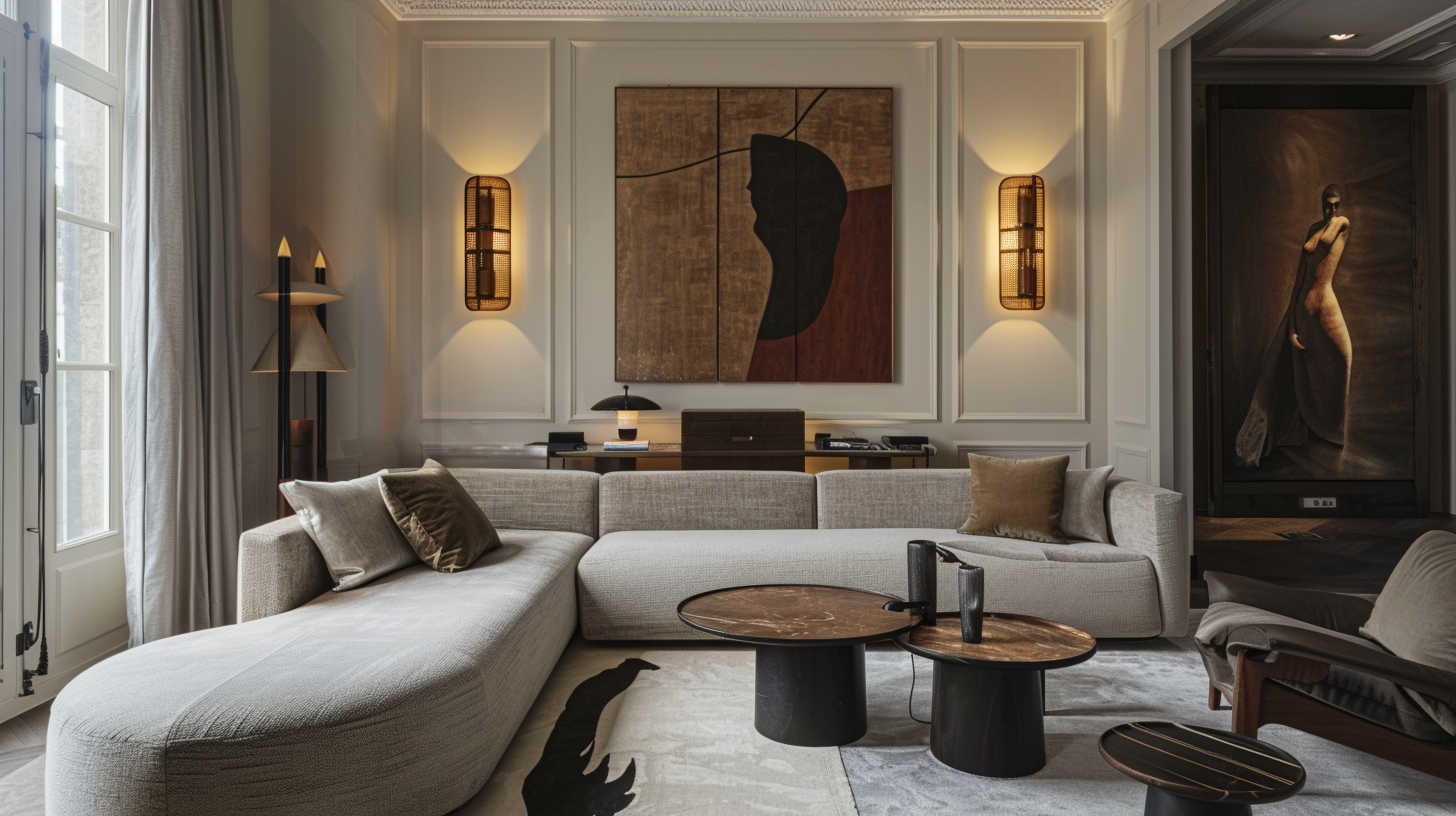
21-30: Smart and Innovative Lighting
- Smart Bulbs – Install smart LED bulbs like Philips Hue to enable color-changing and dimming features controlled via an app.
- Smart Dimmer Switches – Use dimmable lighting solutions like Lutron Caseta to control brightness levels with a simple tap or voice command.
- LED Wall Accents – Integrate LED wall panels or backlit wall accents for a futuristic and modern effect.
- LED Strip Lighting – Attach LED strips under furniture, shelving, or ceiling coves to create subtle ambient illumination.
- Wireless Smart Lights – Utilize battery-powered or rechargeable smart lights for flexible placement without the need for wiring.
- Color-Changing Lights – Install RGB LED strips or bulbs to shift between different colors and set the mood for any occasion.
- Motion-Sensor Lights – Add motion-activated lighting near entryways or hallways to enhance convenience and energy efficiency.
- Smart Plugs – Control non-smart lighting fixtures remotely by connecting them to smart plugs.
- Scene Control – Program different lighting scenes for various activities like movie nights, reading, or social gatherings.
- Voice Control – Link smart lighting systems with Google Assistant or Amazon Alexa for hands-free operation.

31-40: Decorative and Textured Lighting
- Textured Ceiling Fixtures – Select pendant lights or chandeliers with metal, glass, or woven textures to add depth and interest.
- Tassel Details – Use tassel-adorned pendant lights or lampshades for a playful yet elegant touch.
- Color-Coordinated Lighting – Match the lampshades or light fixtures to your interior color scheme for a cohesive look.
- Rustic Chandeliers – Opt for rustic, branch-inspired chandeliers to bring a natural, earthy element into the living room.
- Art Deco Fixtures – Incorporate glamorous, vintage-inspired lighting with brass, glass, or chrome details.
- Layered Lighting – Combine overhead, task, and accent lighting to create a well-balanced, visually dynamic space.
- Candlelight – Arrange LED or real candles in decorative holders for a warm, inviting atmosphere.
- Mirrored Lighting – Place mirrors strategically to reflect natural and artificial light, making the room appear larger and brighter.
- Light-Colored Walls – Use white or pastel wall colors to enhance natural light and improve overall brightness.
- Corner Lighting – Position tall floor lamps in corners to softly illuminate the edges of the room.

41-50: Specialized and Functional Lighting
- Corner Floor Lamps – Use slim, tall floor lamps in room corners to separate open-layout spaces and add extra brightness.
- Under-Cabinet Lighting – Install LED strips beneath cabinetry or floating shelves to provide functional accent lighting.
- Mantle Lighting – Place LED strips or small spotlights along mantles to highlight decorative displays.
- Built-In Shelving Lighting – Install recessed lighting or puck lights within built-in shelves to showcase books and collectibles.
- Bookshelf Lighting – Use picture sconces or mini spotlights to illuminate bookshelves and add character.
- TV Area Lighting – Set up dimmable backlighting around the television for a cinematic experience with reduced eye strain.
- Reading Nooks – Enhance reading corners with task lighting like adjustable floor or wall-mounted reading lamps.
- Layered Ceiling Lighting – Combine pendant lights, recessed lighting, and cove lighting for a multidimensional effect.
- Natural Light Enhancement – Use sheer curtains or opt for larger windows and skylights to maximize daylight exposure.
- Smart Lighting Schedules – Program smart lighting to adjust automatically throughout the day, mimicking natural daylight cycles for improved well-being.
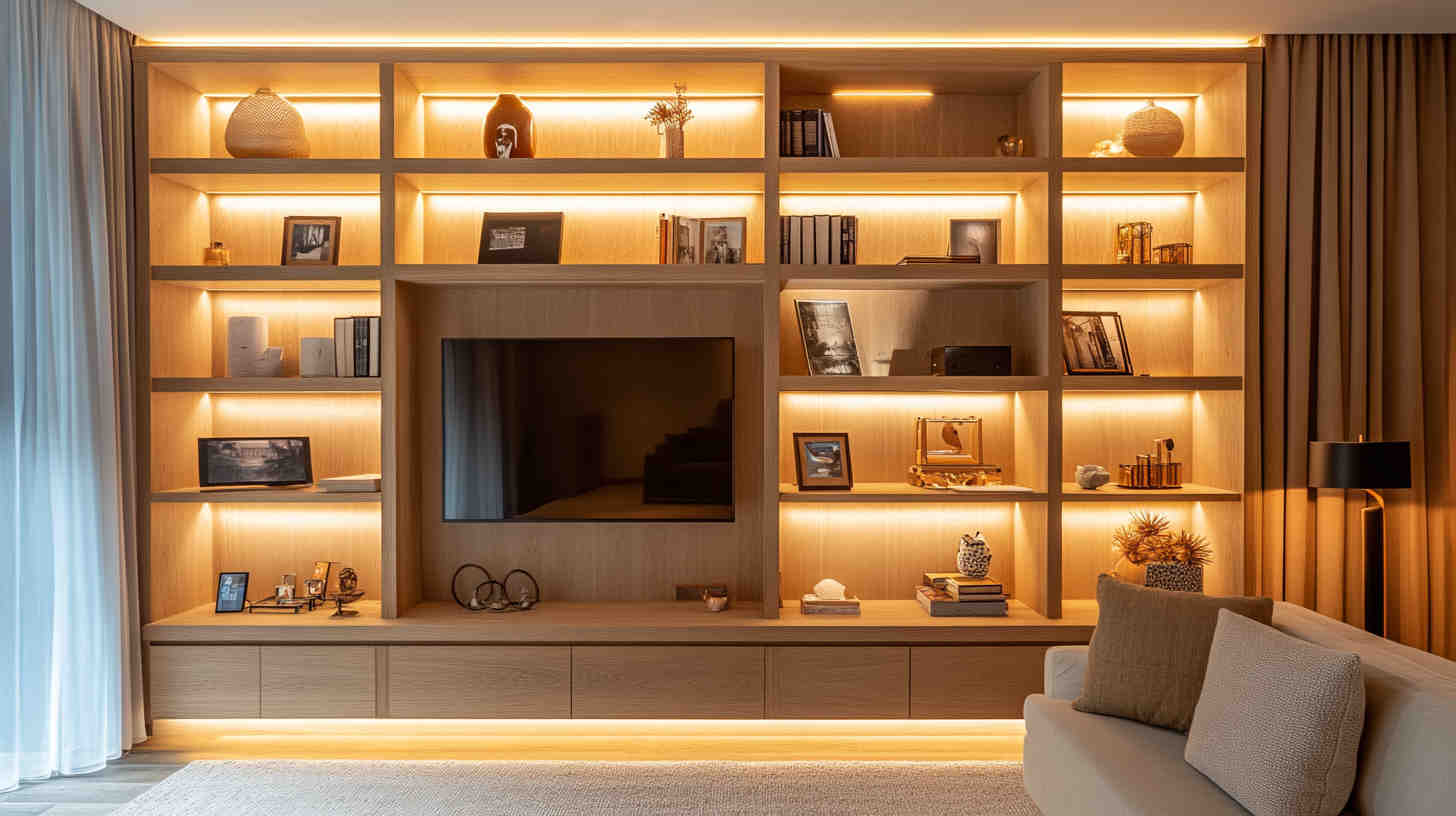
A well-planned lighting scheme enhances the functionality and aesthetics of a living room. By combining ambient, task, and accent lighting with smart and decorative elements, you can create a space that feels both inviting and practical. Whether using modern LED fixtures, vintage-inspired lamps, or smart technology, these lighting ideas will help transform your living area into a comfortable and stylish retreat.
What Type of Lighting is Best for a Living Room?
The best lighting depends on the size, style, and function of the living room. Consider these options:
- Ceiling lights – Chandeliers, pendant lights, or recessed lights provide overall brightness.
- Wall sconces – Add soft lighting for a cozy atmosphere.
- Floor and table lamps – Ideal for reading nooks or task lighting.
- LED strip lights – Great for under-cabinet or behind-TV accent lighting.
- Dimmable lights – Allow customization for different moods and occasions.
A mix of these lighting types ensures versatility and comfort in the living room.
How Do I Light Up My Living Room?
Creating the perfect living room lighting setup requires a combination of fixtures and strategic placement:
- Start with ambient lighting – Use a central ceiling fixture or recessed lights for general illumination.
- Add task lighting – Place floor or table lamps near seating areas for reading and work.
- Use accent lighting – Highlight bookshelves, artwork, or architectural elements with LED strips or wall-mounted lights.
- Incorporate smart lighting – Use dimmers or smart bulbs to adjust brightness and set the mood.
- Ensure even light distribution – Avoid overly bright or dark areas by layering different light sources.
This approach creates a balanced and visually appealing lighting setup.
How Many Lights Do You Need in a Living Room?
The number of lights needed depends on the size and layout of the room. A general guideline:
- Small living rooms (up to 150 sq. ft.) – One central ceiling fixture and two to three accent lights.
- Medium-sized living rooms (150-300 sq. ft.) – A combination of ceiling lights, floor lamps, and wall sconces.
- Large living rooms (300+ sq. ft.) – Multiple ceiling lights, layered with floor and accent lighting.
Using a mix of fixtures ensures even illumination and a cozy ambiance.

Conclusion
Good living room lighting enhances comfort, aesthetics, and functionality. By layering ambient, task, and accent lighting, you can create a warm and inviting space. Whether you prefer modern ceiling lights, LED strips, or cozy floor lamps, the right lighting transforms your living room into a stylish and functional retreat.
Need expert advice on living room lighting? Contact us for high-quality LED solutions tailored to your space!
Request A Free Quote Now!
Send us a message if you have any questions or request a quote. We will get back to you ASAP!



